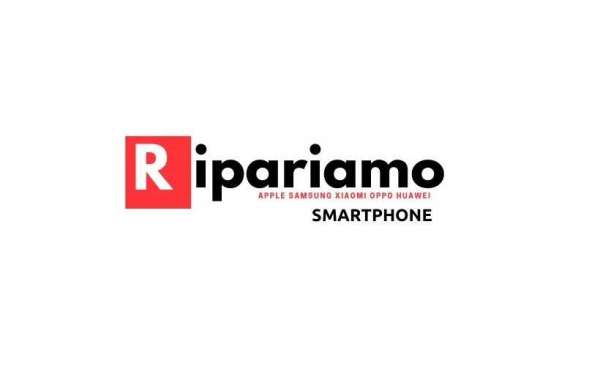Healthcare providers face numerous challenges in managing the business side of their practice. One of the most critical processes to ensure financial stability and compliance is charge capture. Without a robust charge capture system in place, hospitals, clinics, and private practices risk losing revenue, facing compliance issues, and experiencing inefficiencies that negatively impact their bottom line.
This comprehensive guide explores what charge capture is, why it’s important, and how healthcare providers can implement best practices to streamline the process.
What is Charge Capture?
Charge capture is the process by which healthcare providers document and record all patient services, treatments, and procedures. These records are then used to generate medical bills and insurance claims. Charge capture ensures that providers are reimbursed for the care they deliver and helps maintain accurate financial records.
Charges are typically entered into an electronic health record (EHR) or billing system, where they are converted into standardized billing codes such as CPT (Current Procedural Terminology) and ICD-10 (International Classification of Diseases) codes. These codes are then used to submit claims to insurance companies for payment.
Why is Charge Capture Important?
Charge capture is a fundamental component of the revenue cycle management process. Its importance cannot be overstated, as it affects everything from hospital revenue to compliance with healthcare regulations.
Revenue Maximization Proper charge capture ensures that all services provided to patients are billed appropriately. Without accurate documentation, hospitals and providers can lose significant revenue due to unbilled or undercoded procedures.
Compliance with Regulatory Standards Healthcare providers must adhere to strict regulatory guidelines when documenting and billing for services. Accurate charge capture ensures that providers remain compliant with these guidelines, reducing the risk of audits, fines, or legal issues.
Reduced Claim Denials Inaccurate or incomplete charge capture can lead to rejected claims, which delays payment and increases the administrative burden of resubmitting claims. A well-maintained charge capture process ensures that claims are submitted with the correct codes and documentation, reducing the likelihood of denials.
Improved Patient Care An efficient charge capture process allows healthcare providers to focus more on patient care rather than administrative tasks. By automating charge capture and reducing manual errors, providers can spend more time with patients and less time correcting documentation issues.
Common Challenges in Charge Capture
Despite its importance, many healthcare providers struggle with implementing efficient charge capture systems. Some common challenges include:
Manual Documentation Errors: Inaccurate or incomplete documentation is a leading cause of lost charges and claim denials.
Missed Charges: Providers may forget to enter charges for services that were rendered, especially in fast-paced environments like emergency rooms.
Poor Integration: Many healthcare facilities lack systems that integrate EHRs and billing platforms, leading to data entry errors and delays in charge processing.
Best Practices for Charge Capture
To optimize the charge capture process and maximize revenue, healthcare providers should adopt the following best practices:
Invest in Charge Capture Technology Implementing specialized software that integrates with EHRs and billing systems can automate the charge capture process, reducing errors and improving efficiency.
Train Clinical Staff Ongoing training is essential to ensure that healthcare providers understand the importance of accurate documentation and are familiar with the latest coding and billing practices.
Implement Real-Time Charge Entry Encourage providers to enter charges at the point of care, immediately after services are provided. This minimizes the risk of forgotten charges and ensures more accurate billing.
Conduct Regular Audits Performing periodic audits of the charge capture process can help identify missed charges, incorrect codes, and other issues that lead to revenue loss. Audits also provide an opportunity to correct problems and improve workflows.
Standardize Documentation Procedures Establishing consistent, standardized procedures for documenting and recording services can help ensure that all providers in a practice or hospital are following the same protocols, reducing the risk of missed or incorrect charges.
Conclusion
Charge capture is a critical process that directly impacts the financial health and operational efficiency of healthcare providers. By implementing best practices and investing in the right tools and technologies, providers can ensure that all services are accurately documented, billed, and reimbursed. This not only maximizes revenue but also helps maintain compliance with regulatory standards, reduces claim denials, and allows providers to focus on delivering quality patient care.










